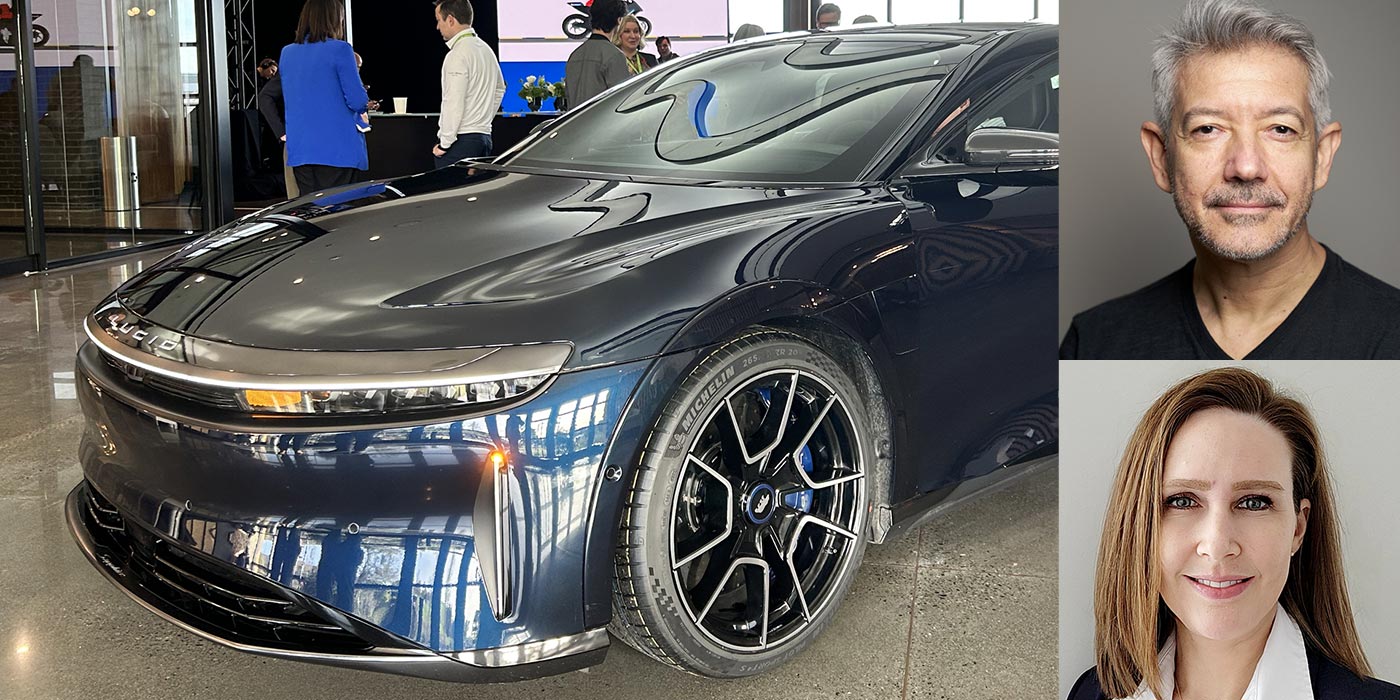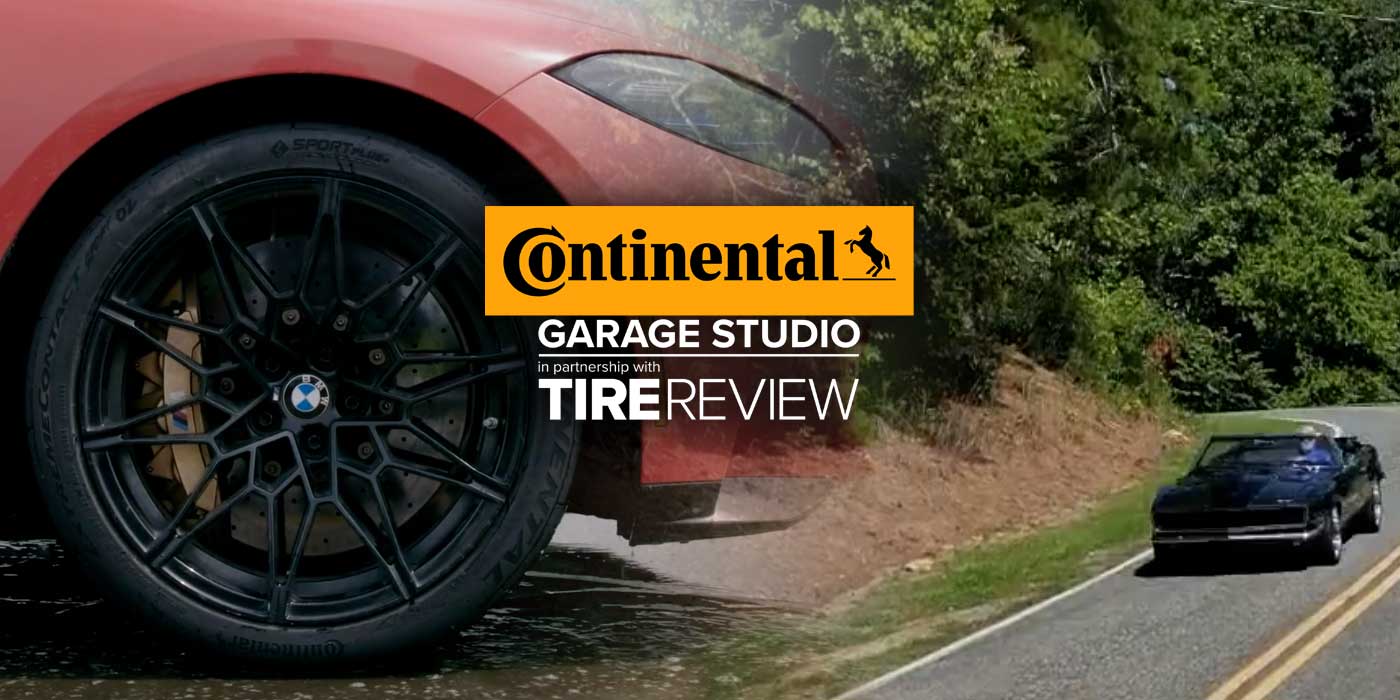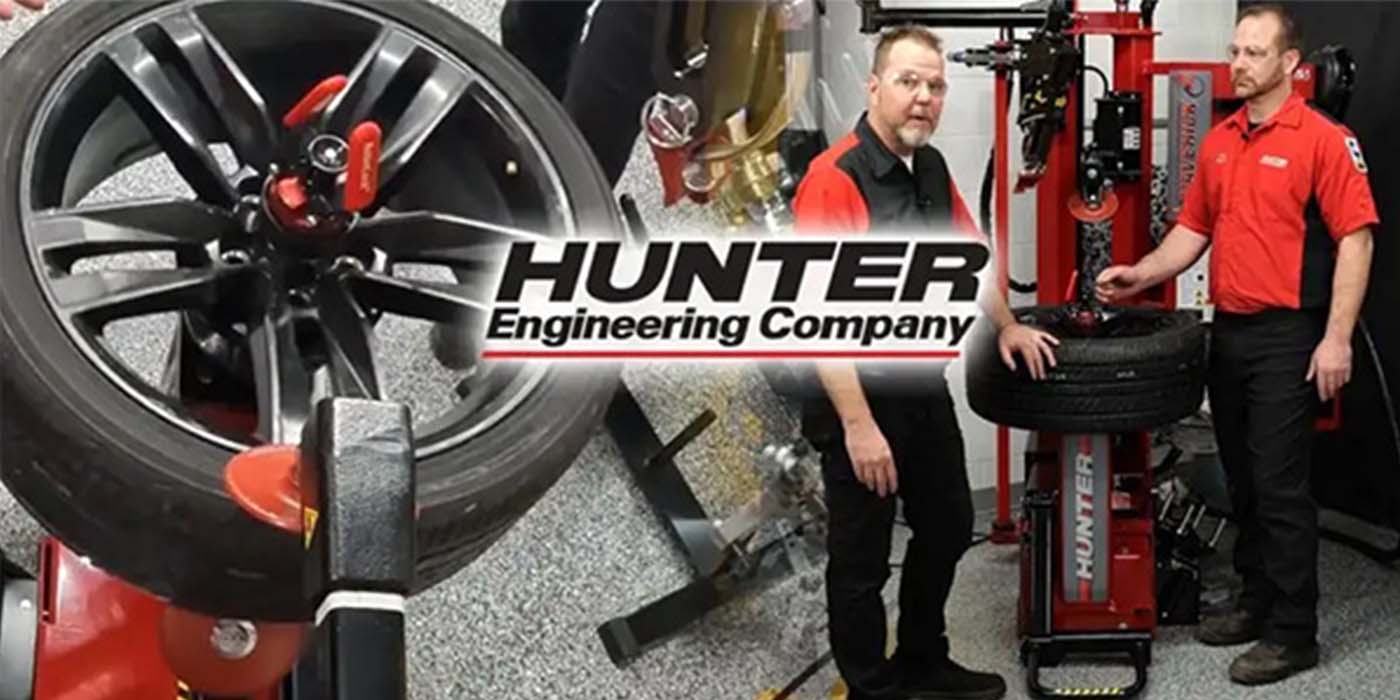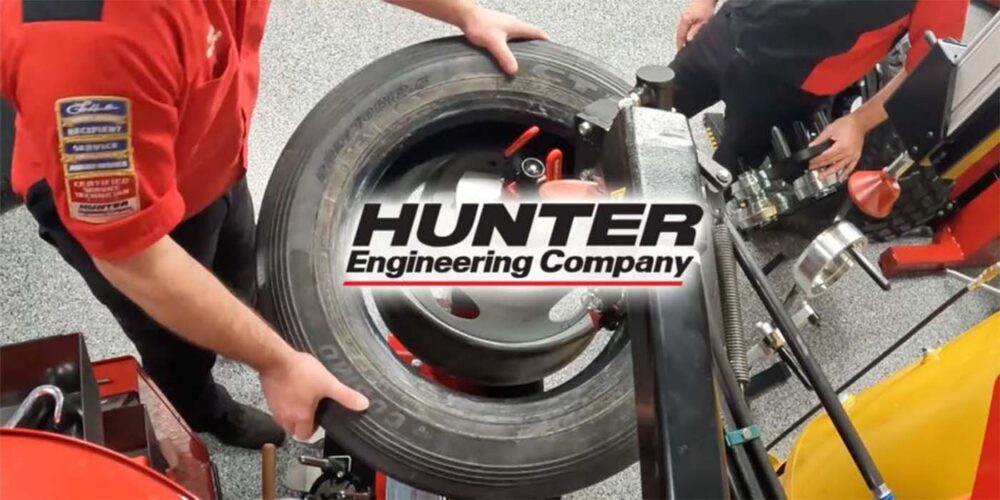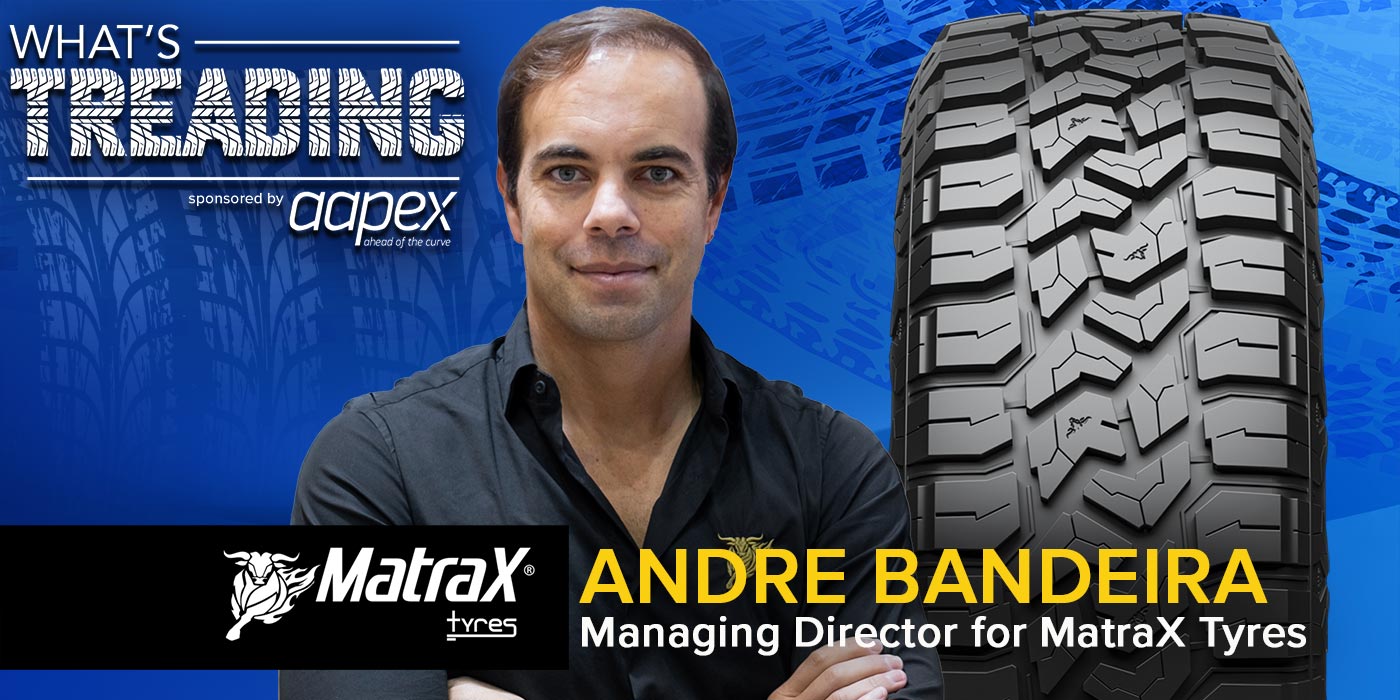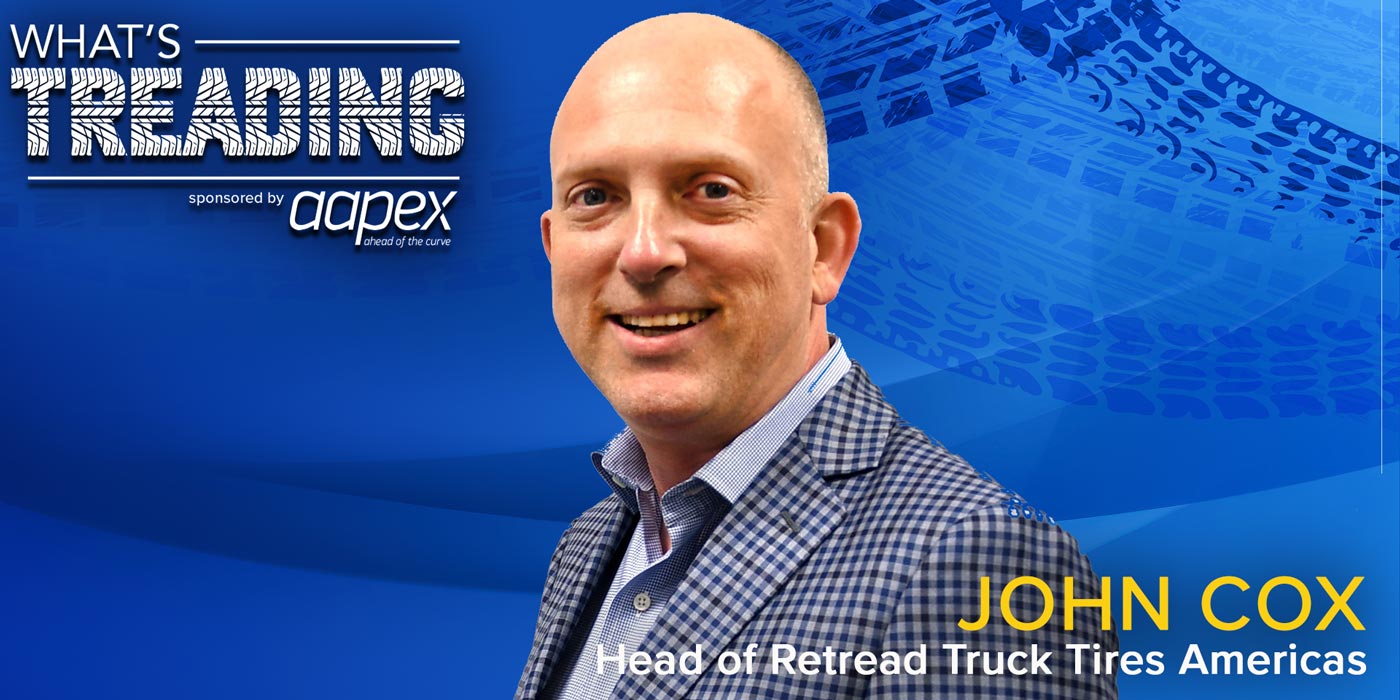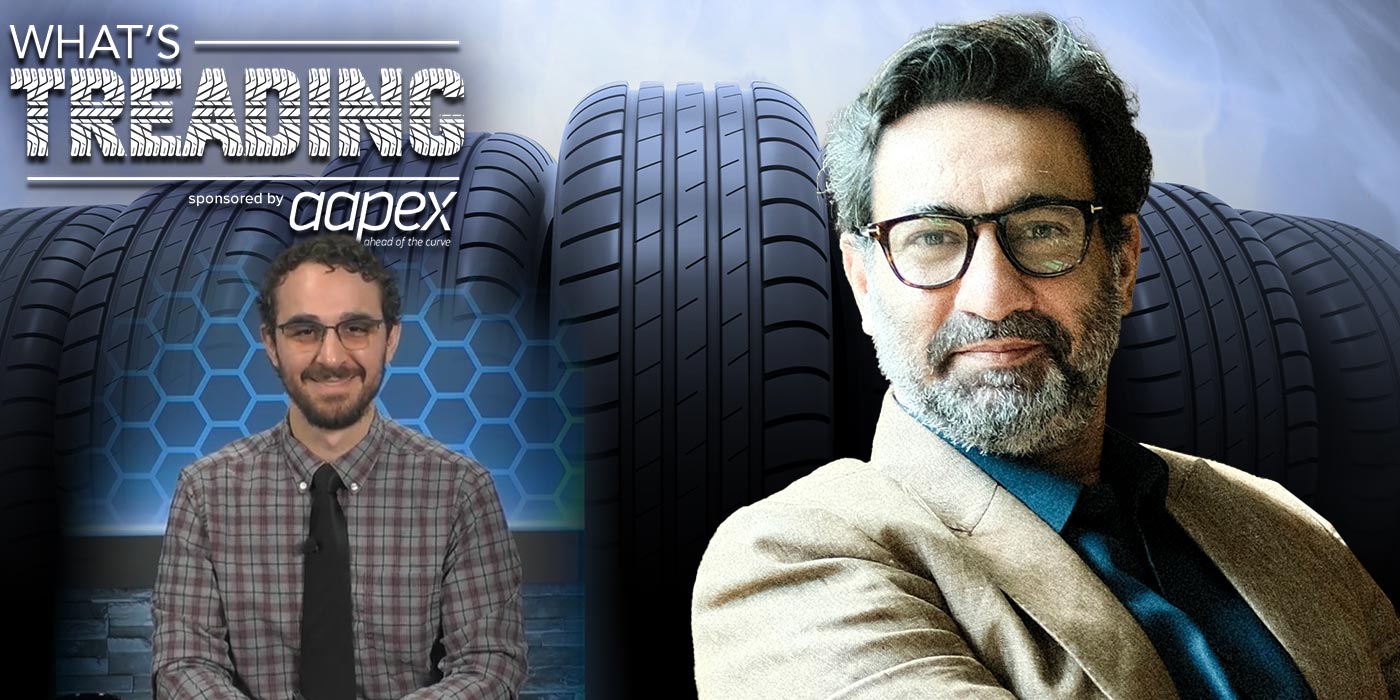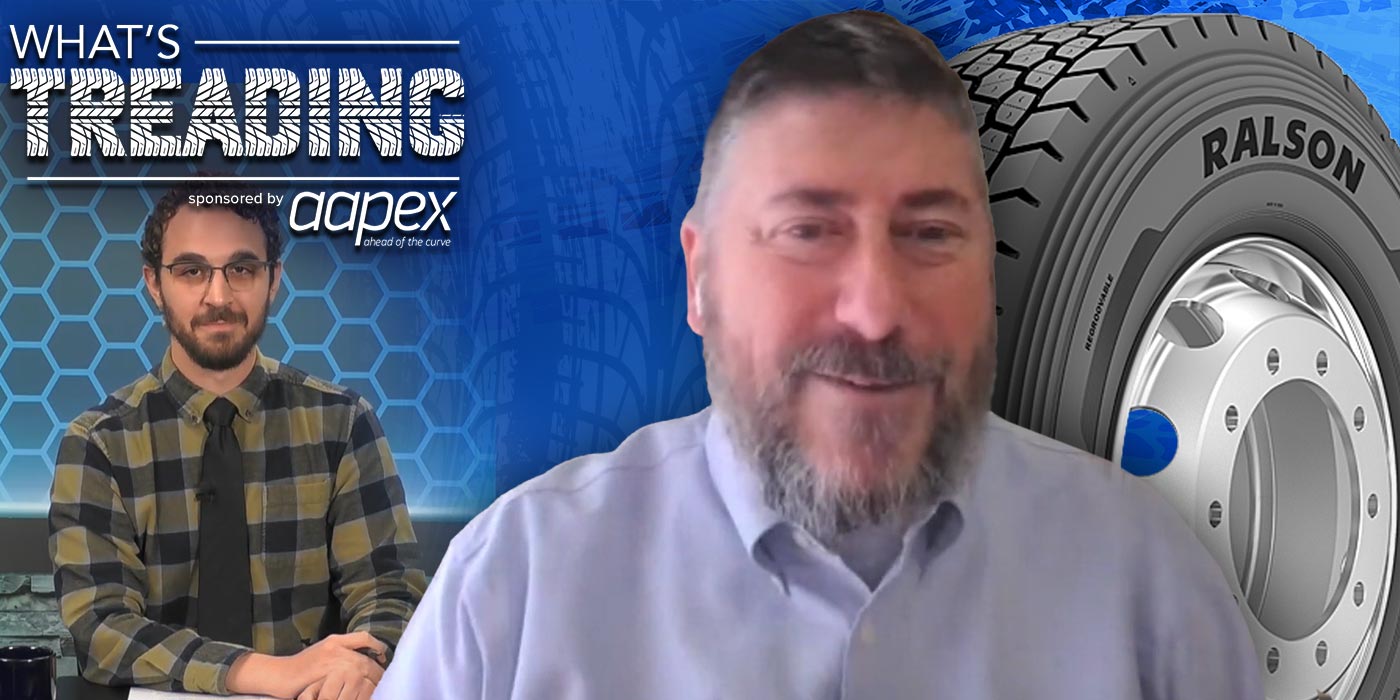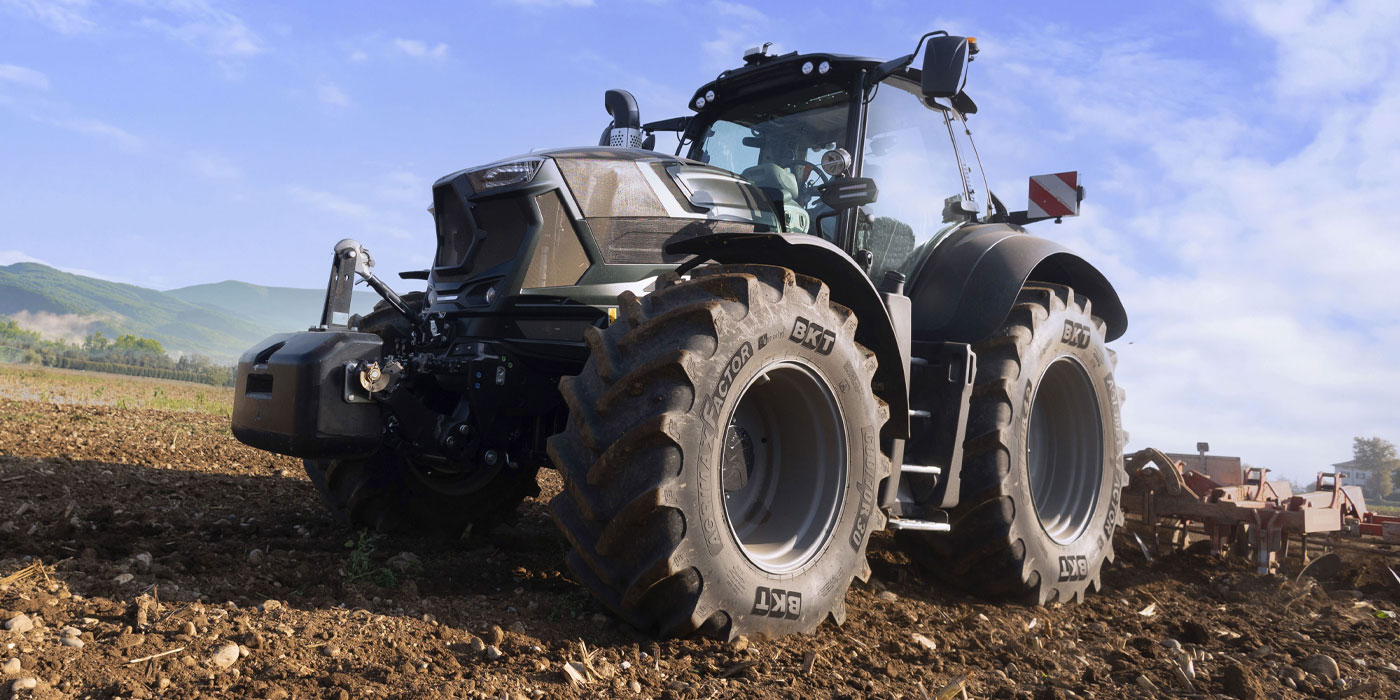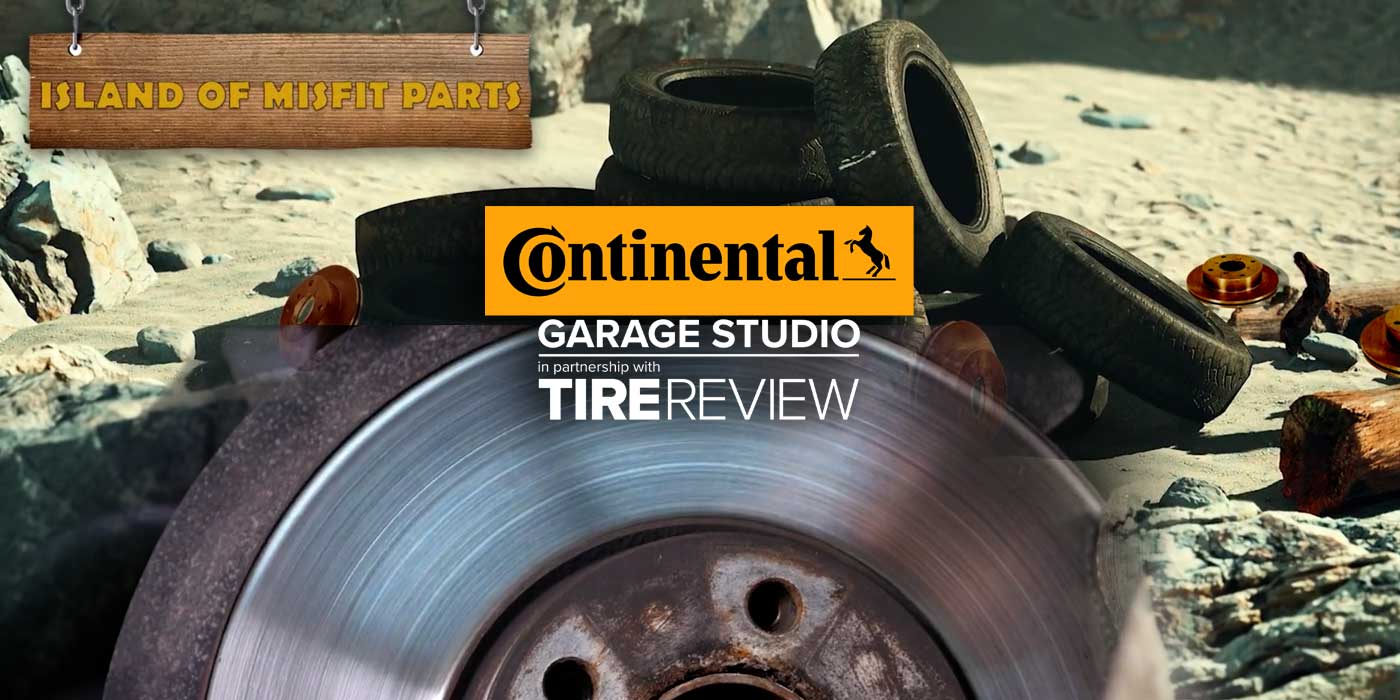There are four particular American tire shops where the shop floor looks quite a bit different than what you might be used to. Two enormous robotic arms are lifting 80-pound tires with ease, waltzing to an orchestra or shop sounds as they change a set of four customer tires in 20 minutes. According to executives at RoboTire, who’ve designed and installed these robots, these robots are just at the tip of the iceberg of their capability.
“We’re ramping manufacturing, but then we also have continued to make new improvements. So compared to last year, the robots are probably about two times faster [now] than what they were,” says Victor Darolfi, CEO and founder of RoboTire. “We’ve done layout improvements to basically minimize space constraints to going into shops. And then there is a whole new slew of services that RoboTire will be pushing out over the next couple of months from that side of the world to, again, add a better value prop to our end user.”
On this episode of What’s Treading with Tire Review, we speak with Darolfi and Ben Wilson, senior manager of operations for RoboTire, about recent dealer feedback and what’s next for RoboTire.
Want more What’s Treading? Click here.
Here’s a transcript of the show:
Madeleine Winer: Welcome to What’s Treading with Tire Review presented by Apex. I’m Maddie Winer and on the podcast today I’m joined by Victor Darolfi, CEO and founder of RoboTire, as well as Ben Wilson, senior manager of operations for RoboTire. Now, RoboTire is a system that can change a set of four tires in 20 minutes. It’s a rather new company. And guys, I’m so excited to dig in and talk to you about some updates with the company. Thanks so much for joining us today.
Victor Darolfi: No problem.
Ben Wilson: Thank you.
Madeleine Winer: So just to get started, I’ve seen news releases from you guys. You all have started installing the RoboTire System, not only at Discount Tire Stores, which I know is a huge partner for you all, but also at independent tire dealer stores as well. So can you just give me an overview of how many RoboTire systems you guys have working in stores to today and what’s been some early feedback so far?
Victor Darolfi: Yeah, so we have four active across the US. Just like you mentioned, Discount Tire has two of them. One outside of Scottsdale, Arizona in Fountain Hills, and then Arlington, Texas. So the two for Discount. And then we have a small mom-and-pop, Creamery Tire, which is outside of Philadelphia. And then we just went live with the Detroit Garage here, local in Michigan. Feedback has been great, very receptive. The one thing that everyone loves is the robots do the heavy lifting, so the techs don’t have to lift those 50-pound, 80-pound tires anymore. So everyone loves it because it makes their job a lot easier for them.
Madeleine Winer: For sure, for sure. Yeah, no, that’s great to hear. And Victor, just briefly for listeners and people watching this podcast who are unfamiliar with the RoboTire system, can you explain how it works?
Victor Darolfi: Yeah, so high level, there are two robots on either side of the vehicle. We basically do a VIN scan to ingest vehicle information of the vehicle. And then robots then will come in, they have a camera system on them, they find the tire, they find the lug nuts, then they go remove the lug nuts, remove the tire. And then we have two options of our system. One is fully integrated with Hunter Engineering’s tire changer and balancer. Where the other one is, we just drop it on the floor and let the tech grab it from there. So depending on which option you choose, the tire gets manipulated differently. And then once it’s either been replaced or balanced, depending on what services are being formed, the robot will then go grab the tire, put it back on torque to OE and spec, and at a high level.
Madeleine Winer: Yes, of course. When I visited your guys’ HQ outside of Detroit last year, the technology that goes into it, and really it’s very… No technician needs to be… I mean there does need to be a technician controlling it, but it’s fewer technicians and more of just letting t he robots do the work, which I thought was really interesting. So I did want to ask too about your guys’ headquarters outside of Detroit. When I visited last year, I think it was during the summer, you all were really scaling up to start deploying these systems to shops and there was a lot of open space, but I am curious to know now, what does that look like? How have things changed for you guys within the year?
Victor Darolfi: Well, we filled out the space a little bit more, right?
Madeleine Winer: Yeah, right.
Victor Darolfi: We have four active cells being built up for the next customers in line. So space is kind of filled up with more robots on that side of the world. We’re ramping manufacturing, more machines, more space. But then we also have continued to make new improvements. So when you were here last year, robots are probably about two times faster than what they were when you were here. We’ve done layout improvements to basically minimize space constraints to going into shops. And then there is a whole new slew of services that RoboTire will be pushing out over the next couple of months from that side of the world to, again, add a better value prop to our end user.
Madeleine Winer: Gotcha. Can you go into some of those services or are those kind of under wraps for now?
Victor Darolfi: Well, I would say it’s more aligned with vision inspection certs. I’ll leave it at that until we can get a little down the path. And again, happy to have you on or come see it when we’re ready to drop all those new certs.
Madeleine Winer: No, yeah, I’d love to. That would be great. That would be great. So Ben, obviously the RoboTire system’s an expensive piece of equipment. When you’re talking to tire dealers, what do you say to them when they ask about the affordability of it and really the ROI?
Ben Wilson: Yeah, I mean that’s the number one question. How much does it cost? How long is it going to take for me to get a return? And there’s really no one answer to that question. It really just depends on what the operator wants to get out of the system. So RoboTire is what you make of it. You can use it as simply a tool to help when things kind of get overloaded. You can use it as a workhorse to increase your throughput and install more tires. You can use it as a marketing tool to attract new customers that may be want to try something like that. You can use it to implement safety features. So there are all these different reasons why someone would want a RoboTire system, and it’s just a matter of tying the ROI back to that. So what problem are they trying to solve? And then we can find a way to make sure that they understand how RoboTire can help them with that.
Madeleine Winer: Yeah, for sure. And I know when we’ve talked in the past, you talked about how the technician shortage is such a problem in the industry. It has been for decades now. And I think in our past discussions you said RoboTire can almost help with that issue by sort of taking over some of that technician work. Am I explaining that correctly?
Ben Wilson: Yeah, so RoboTire was never designed to replace jobs. RoboTire was designed to serve as the most sophisticated tool in the shop. So what can we give our technicians to help them do their jobs more efficiently, safer, faster than ever. The challenge with that is because the automotive industry has experienced such a challenge with labor and has been, like you mentioned, for so long, and it probably will not get any better. It’s no longer a matter of people being worried that a robot is going to take their job because there are just no people to fill those jobs.
So now it’s a different problem of trying to make sure you have the resources to meet the demand. And a lot of shops are falling short. There’s just not the interest in the industry that there used to be. And with the trade schools just not continuing to offer automotive programs, it becomes more and more challenging to hire talent. So that’s where really where RoboTire comes into play. How can we augment the workforce to make sure that you don’t have to keep just trying to hire people, let’s keep your stable crew and give them the best tools we can.
Madeleine Winer: Yeah, yeah. And what you said interesting is making it the greatest tool in your shop essentially, especially for a tire dealer, that’s huge. So yeah, I’m excited to see the new things coming from you guys because I know there’s a lot going on. Victor, you mentioned it a little bit and I want to maybe pass this to you or both of you. So I’m just curious, what does the future look like for RoboTire? Are more installations on the way at shops? You kind of alluded to that earlier. Is there different technology coming down the pipe? Tell me a little bit about that.
Victor Darolfi: It’s both. Again, we have a long backlist of customers. Some are big names and some are more mom-and-pop shops as well. So we, probably here, probably by the end of the year they’re probably about 10 RoboTire systems out across the US in [inaudible] shops is where we’re planning. And then we’re also bringing different feature sets. So like I said, we are looking more towards if you had the tire off, what else can you do? What other services can you provide, what other benefits can you provide all in and around the tire? So that’s kind of where our main focus is. We’re also going to increase what vehicles we can support. Right now we support any vehicles from a Prius to an F-150, 1986 and newer. We’re going to start upsizing that to eventually get to the point where we could do Class A trucks. So that is the, put over the next 12 months, what does that development look like from our side.
Madeleine Winer: Yeah, no, that’s interesting. And I remember when I visited, you guys were saying you collect and input the OEM data. So can you describe just for our listeners who want to get a little bit more info on that, how that all works? I know I saw it in action when I went to visit you guys, but yeah, I’m curious if you could just dig more into that and explain that process.
Victor Darolfi: So again, that is based on our VIN database. We’ve collected a very robust database from a few providers. We don’t use one. And then the other aspect is we know general information about the vehicle, but as the RoboTire services more vehicles, we then rebuild our database. So the way to think about it is that robots are continuing to get smarter. The more vehicles we see, the more vehicles we service to get even better reliability than what we currently have. Right now, we’re at 99% reliability. We’re going to start pushing that up. And a lot of that then comes down to how do you handle the weird edge cases? And a lot of us have to deal with up in the north, the snow, dirt. So you don’t get a clean car, you don’t get a clean tire that comes in. So how can the robots still adapt and do the work? That’s why we continue to retrain our machine-learning models in-house. We continue to try to keep building this more robust database based on what we see.
Madeleine Winer: Gotcha, gotcha. Very cool. Very cool. That’s so interesting. And obviously uses AI to do that. Obviously, as it does more jobs, it learns more. So yeah, that’s very interesting. And Ben, I just want to throw it back over to you for one last question. I know we talked about last year, and I might get this name wrong, but a RoboTire university that you guys are setting up or like a training system. Can you explain how that’s going? Is there anything that’s been added there based on dealer feedback?
Ben Wilson: Yeah, so really that’s morphed into what we’re looking at more as an operations manual, sort of like a process flow chart for what the technician should do with RoboTire. So one of the benefits that I always talk to operators about is that this is an opportunity for you to redesign your shop workflow. Right now you’re getting a really sophisticated piece of equipment and it’s in a space that was previously used for something else. So how did we redesign your shop workflow so that you maximize the efficiency of the tickets and how everything runs through the shop? And so that’s really where that training program has been coming to life is getting that feedback in terms of how people use the system and then building that up into a robust kind of pool of resources that our customers will then get access to, whether they get a RoboTire system.
Madeleine Winer: Gotcha, gotcha. Very cool. Okay. Very interesting. Well, I know there’s a lot to come from you guys and we’re excited to see everything you have to roll out this year. And I know you said there’ll be more installations at shops. So yeah, lots going on with y’all and looking forward to seeing more. And if people are interested and dealers listening to this are interested in learning more about RoboTire, where should they go? Who should they contact?
Ben Wilson: Yeah, so our website’s always a great resource where robotire.com. They can always reach out at [email protected] if they want to get more information about the RoboTire system. And there are plenty of contact us buttons on the page as well. So robotire.com is a great website, we just relaunched it and we’re excited to show it off to everybody.
Madeleine Winer: Awesome. Great. Well guys, thank you so much for joining me on the podcast. I love learning more about where you guys are at with the system and the business. And yeah, look forward to having you on the podcast again to get more updates. But best of luck this year and I appreciate your time today.
Ben Wilson: Thank you so much, Madeleine.

